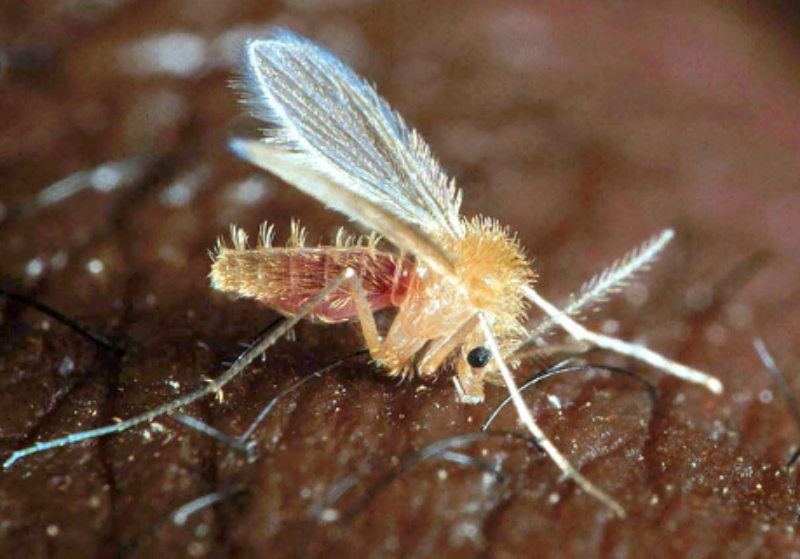Insect of the Month (June): Sandfly, Phlebotomus duboscqi
Leishmaniasis is a neglected disease that causes each year 700,000 to 1 million new cases globally, with 26,000 to 65,000 deaths. The disease is transmitted through bites of infected female sandflies, which feed on blood to produce eggs. Humans are among several animal species that have been found to harbor Leishmania parasites in nature. There are three main forms of leishmaniases – visceral (also known as kala-azar and the most serious form of the disease), cutaneous (the most common) and mucocutaneous. The disease is endemic in communities that are among the poorest on earth, and has been linked with deforestation, irrigation schemes and, on some continents, with urbanization. In most African countries, the disease affects semi-arid rural villages that have little access to services such as health care and vector control. icipe has undertaken studies to understand the ecology of vectors, and also identified entomopathogenic fungi that have been shown to be effective against the sandfly vectors.


